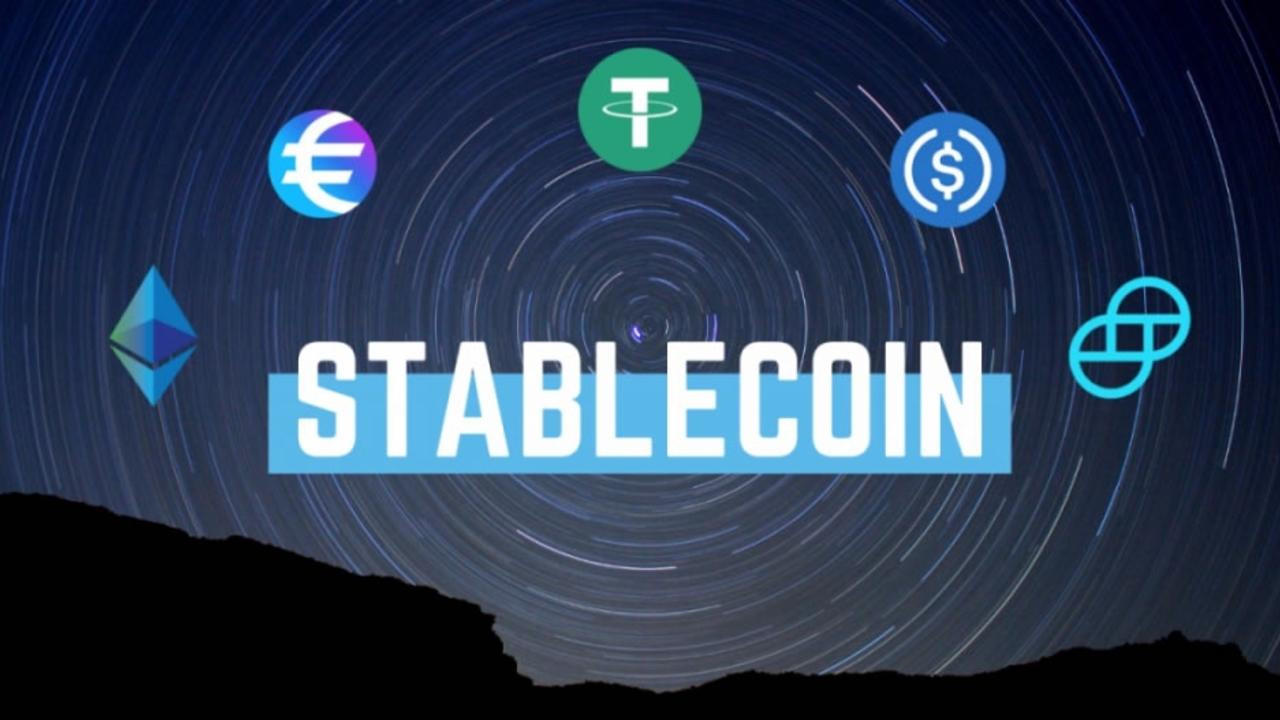
Comptroller of the Currency Approves Banks Use of Stablecoins
The Office of the Comptroller of the Currency (OCC) published a letter clarifying that national banks and federal savings associations have the authority to participate in independent node verification networks (INVN) and to use stablecoins to conduct payment activities and other bank-permissible functions. To understand the implications of this, let's first define a few of these terms.
What is stablecoin?
Stablecoin is a type of crytocurrency that is backed by (or pegged to) some other traditional asset in an attempt to reduce the volatility of their values. For example, the value of a stablecoin might be fixed to a predetermined amount of gold so that its value will always remain fairly close to the price of gold. They may also be pegged to traditional fiat currencies, like the US Dollar or the Euro. Pegs are maintained by guaranteeing that the holders of stablecoin can always exchange one unit of the cryptocurrency for a fixed amount of the underlying asset. This contrasts with algorithmic cryptocurrencies like Bitcoin or Ethereum, which are not backed by anything and therefore have highly volatile values. The top stablecoins include Tether (USDT), True USD (TUSD), Paxos Standard (PAX), and Binance USD (BUSD).
What are independent node verification networks?
Most cryptocurrencies are based on blockchain technology. A blockchain is a way for unaffiliated strangers, referred to as miners, to download a cryptocurrency's digital transaction ledger and validate each exchange. The validation network groups new transactions into blocks and races to solve a complicated set of calculations called a hashing function. Because each computer in the network (called a node) has an updated copy of the transaction register and each hashing function includes data from the preceding validated block (creating a linked chain of blocks), the entire blockchain ledger is very secure. All finance being predicated on overy complex nomenclature, we refer to this network of computers as an independent node validation network (INVN).
What are the implications?
While Bitcoin attracts much attention, it's not really being used to buy things. The boom and bust volatility of the algorithmic (as opposed to stablecoin) types of cryptocurrency has created a speculative frenzy more than once in their brief history. However, that volatility creates problems if you want to buy and sell actual goods and services with Bitcoin. Consider the deflation created just over the last 52-week period where Bitcoin has seen a low of USD 4,107 to a high of USD 41,947. Imagine paying BTC 4 ($16,428) for a car in March only to realize that those four Bitcoins would be worth $167,787 by the following January.
Stablecoins could solve that problem by pegging their value to a reserve fiat currency, like the US Dollar, the Euro, or even a basket of government-backed, fiat currencies. Their relatively low volatility, algorithmically enforced scarcity, and now institutional acceptance could finally usher in the age of cryptocurrencies for the masses.
For a deeper dive into stablecoin and cryptocurrencies in general, check out the following links.
OCC Press Release - Office of Comptroller of the Currency
Stablecoin definition - Investopedia
What is stablecoin? - CoolWallet.io
Why Bitcoins have value - Investopedia
Basically, no one is using Bitcoin to buy things - FastCompany